Hunting Dogs Being Killed in Traps
First, this doesn’t seem to be an epidemic, not even a local one. Second, regardless of your feelings about trapping, trappers are good people – if sometimes odd. (This means you Dan! Lol.)
But let’s face it: Any beloved hunting dog or non-hunting pet – and they are all beloved – killed by accident is awful. And when it happens more than once, it’s worth reporting and opining on, as folks in the newspaper biz have recently done.
Below are some excerpts from recent news stories from just a quick Google search – meaning this seems to be a geographically widespread problem.
Our take: Come up with a fix. We’re completely ignorant of trap types, but how about banning traps that can kill dogs or dog-proofing them somehow, if possible. The other alternatives – like a compensation fund or whatever – just don’t seem like enough.
Why a fix? Because these seem sort of like dog-specific land mines, and who in their right mind would be cool with that?
MN
From a MN paper:
It was, Gerald Noska said, a perfect day to be grouse hunting. Sunny and in the mid-30s, only a trace of snow covered the ground on Noska’s property about 10 miles south of Staples.
But there would be no hunt that day. And probably not any day soon. And that’s understandable, even for a hunter who said he spends 30 to 60 days a year afield with his two dogs, hunting ruffed grouse. [Awesome!]
There is only one dog now. And while Noska said it’s a good dog, a good hunter, he is still mourning…Sue, an English setter killed in a trap recently at the Dry Sand Wildlife Management Area north of Staples.
While that’s fairly rare in the greater Brainerd lakes area, Noska’s dog was the second killed by a trap in north-central Minnesota in less than 10 days. John Reynolds of Merrifield said he lost his springer spaniel, Penni, to a trap near Emily Lake just outside of Emily on Dec. 17.
Noska and Reynolds both said they have trapped in the past — Reynolds in the last year— and have nothing against trapping. It’s the type of traps being used that “terrifies” both as dog owners.
Both dogs were reportedly killed by Conibear 220 traps, which are commonly baited and set inside a 5-gallon bucket, which in turn sits on the ground. A lightweight and compact body-gripping trap with a jaw spread of 7 inches, it’s popular for trapping bobcat, fishers and otters in this area — Crow Wing and Cass counties….
“I’m absolutely terrified,” Reynolds said of the traps. “I spend a lot of time out in the woods. It’s my favorite thing to do. I go out at least once a week from fall to spring. But I’m seeing those buckets (with the traps) and seeing evidence of more and more every year.”
Reynolds, who said he’s heard of four dogs being caught in 220s — and only one surviving — in Crow Wing County in recent years, said he had seen the traps while out with his dog, but never in the area it was killed.
“We had been past that spot two or three times, but the wind was in the wrong direction and didn’t bring the scent (of the bait) to her. That day it did.”
Noska said…”I didn’t think this kind of stuff was legal. It terrifies you.”
Jason Abraham, season setting/fur bearer specialist for the DNR in St. Paul, said he’s only had seven reports of dogs killed by traps since 2007, although “I’m sure there have been more (that haven’t been reported).”
PA
From here:
Chuck Lombaerde, who teaches Successful Fur Takers and hunter education courses for the Pennsylvania Game Commission, has been a trapper since he was 12 years old.
He said people who set traps without checking them as they’re required “make trappers look bad.” He has trapped nine coyotes this year, plus 15 muskrats, a bunch of raccoons and a small bobcat he let go.
ID
From an Idaho news story about a pet being caught in a trap:
Darrell realized what had happened when he heard about the story and spotted Carin’s glasses and scarf near his trapping site. “I was really upset about it. I knew I’d caught somebody’s dog,” Darrell said.
Darrell chooses to place signs near the traps he thinks people or dogs might go. The law doesn’t require him to do that, nor does he know of other trappers that place signs.
“If I think there may be people in the area, I have signs made up that caution people that there may be traps in the area,” Darrell said. He says he had a sign near where Mickey [the dog] was caught, but it was down the hill and obviously not seen by his owner.Darrell says he’s glad Carin [dog owner] was understanding and returned his trap through Fish and Game. He tells KTVB that Fish and Game found no problems with his trap or the placement.
Video: How to get a dog out of one kind of trap
More
> Kentucky man arrested for setting traps in a park.
> From a Canadian paper.

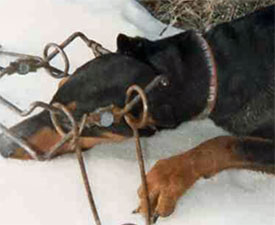




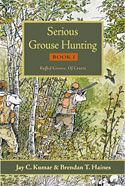

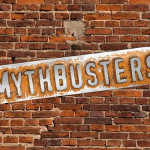


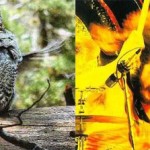
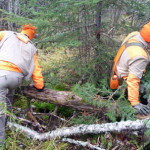
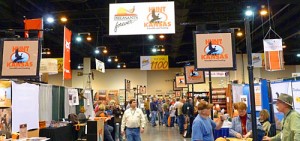
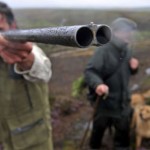
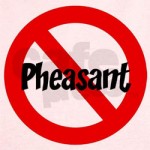
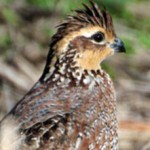
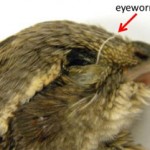
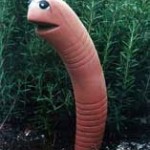
footholds and snares don’t bother me half as much as conibears do. my family is part of a private lake/homeowners association which allows controlled deer hunting(read bows and muzzleloaders). while sitting in my tree stand, i see a truck driving down the trail(not cool), and two guys get out and start walking around. when they left, i went over and looked to see what they were doing. . . found a 220 conibear under a tree. . . i take my bird dogs for walks back there. NOT COOL! luckily i found out before anything happened. in this case, the trapper is an older man, who also used to be the head security person. any thoughts on that?
There are laws regulating the type of trap that can be used on land, and in what fashion they must be set. If the trap was placed illegally the trapper may be subject to fines or the loss of their trapping privileges. Contact your state Department of Environmental Conservation for more specific information and what action that may be taken. Best of luck!